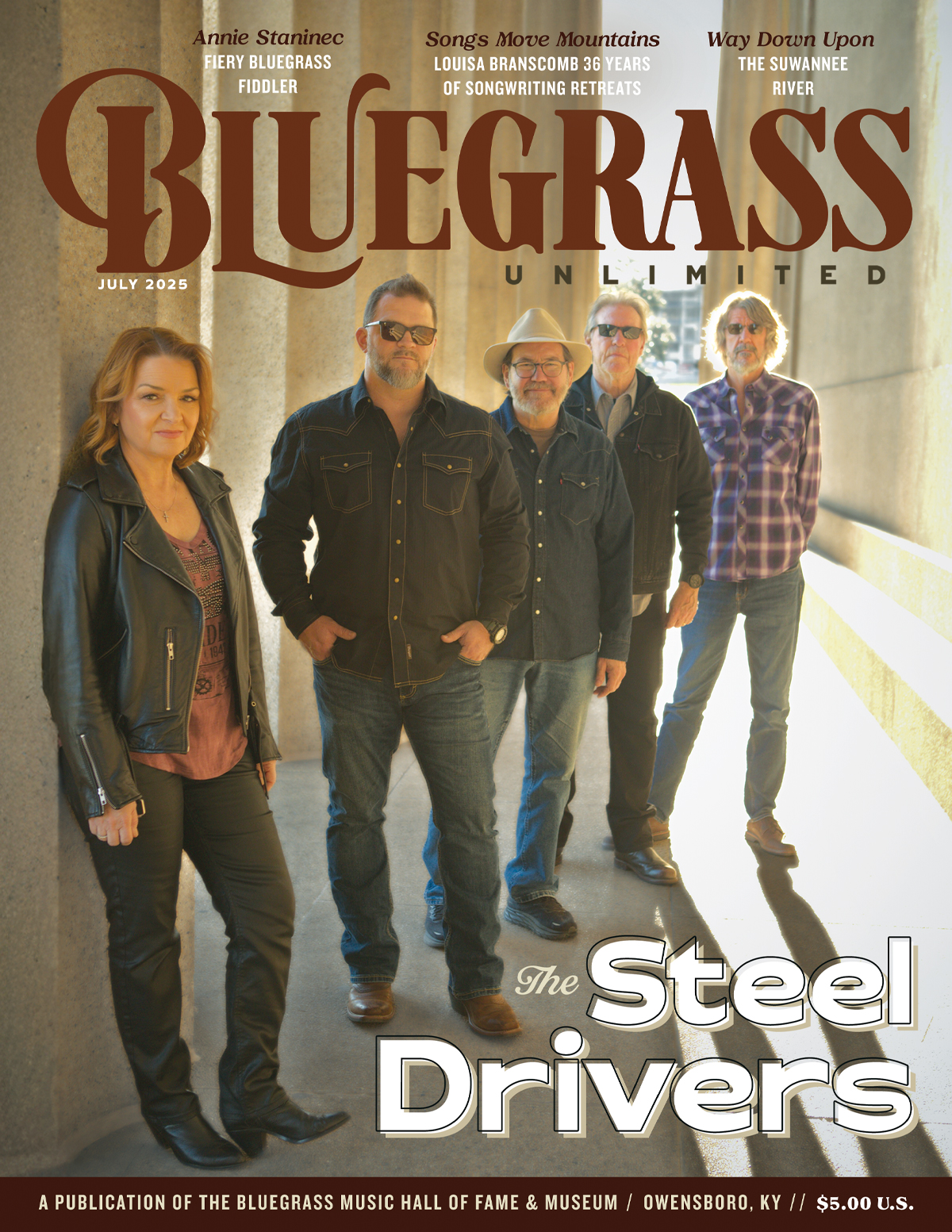A FIDDLER’S GUIDE TO MOVEABLE SHAPES—BY JOHN MAILANDER
A FIDDLER’S GUIDE TO MOVEABLE SHAPES—BY JOHN MAILANDER
Coloring book and colored pencils also included, $25. (www.johnmailander.com)
This concise, spiral-bound book is full of useful information for the reading fiddler, mandolinist, or other musician who has come to the realization that there is more to know than meets the ear. To hear things and intuit them is great, and some folks do quite well with it. But sooner or later, they come to the realization that there is a theoretical web of concepts that underlies, unifies, and explains what they’re doing. This book does a good job of opening the door to those theories, helping to tie disparate facts into a meaningful thread of understanding.
The concept of moveable shapes refers to double-stop and chord positions on the neck of the fiddle. Learning these positions and learning the scales and arpeggios that lead to the chords and double-stops frees up the player to play virtually anything in any key. The author does a good job in a short period of time demonstrating this and addressing the concepts that enable this enhanced facility. Nothing takes the place of hard work, and the author addresses this aspect in a section called “Selected Short Subjects.”
There are some etudes or tunes for trying out the new concepts, utilizing the ideas he has presented for open position and closed position playing. Without getting bogged down, he also presents concepts in harmonization or how a melody travels through the chords.
This is a small workbook that is not as daunting as some. He gets to the essence of the subject without getting bogged down with long-scale exercises while presenting opportunities for chord development. Addressing fiddlers, he keeps to the keys that most fiddlers play in and knows that most fiddlers don’t want to have to read more than required. They get the idea and can run with it. And for those times when taking a break from playing, the pen and ink drawings make a good coloring book.RCB
